Creating Political Cartoons: Political cartoons are a powerful form of commentary, using humor and satire to critique leaders, policies, and societal issues. The challenge of creating effective political cartoons lies in striking the right balance between humor and critique—making your point sharply while engaging your audience with wit and creativity. This balance is crucial for delivering a message that resonates without alienating or offending your viewers unnecessarily. Here’s a guide to help you navigate the art of creating political cartoons, balancing humor with critique.
Creating Political Cartoons
1. Understanding the Purpose of Political Cartoons
Commentary and Critique
The primary purpose of political cartoons is to provide commentary on current events, political leaders, and social issues. They often highlight contradictions, hypocrisy, or injustices in a way that text alone cannot. The visual nature of cartoons allows for a concise and impactful delivery of complex ideas, making them an essential part of political discourse.
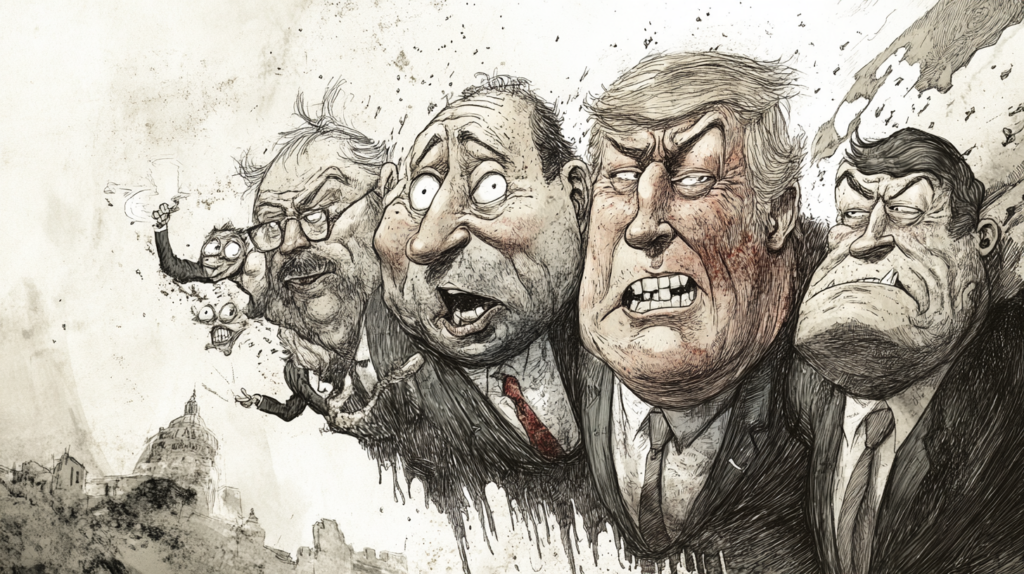
Engagement Through Humor
Humor is a key tool in political cartoons because it engages the audience. A well-crafted joke can make a serious topic more accessible, diffusing tension and inviting reflection. Humor can also disarm the viewer, making them more open to considering different perspectives or criticisms they might otherwise dismiss.
2. Researching the Subject Matter
Stay Informed
To create relevant political cartoons, it’s crucial to stay informed about current events, political developments, and social issues. Regularly read newspapers, watch the news, and follow reliable sources online. Being well-informed ensures that your cartoons are timely and resonate with the current political climate.

Understand the Context
Context is key in political cartoons. Understanding the background of the issue you’re addressing helps you craft a more nuanced and accurate critique. Consider the historical, cultural, and political context of the subject matter to ensure your cartoon is insightful and avoids oversimplification.
Know Your Audience
Consider who your audience is and how they might perceive your cartoon. While it’s important to stay true to your voice, understanding your audience’s values, beliefs, and sensibilities can help you tailor your humor and critique in a way that resonates with them. This doesn’t mean you should avoid controversial topics, but rather that you should present them in a way that is accessible and thought-provoking.

3. Crafting the Concept
Identify the Key Message
Start by identifying the key message or critique you want to convey. What is the main point you want your audience to take away from the cartoon? This could be a critique of a particular policy, the behavior of a political leader, or a broader societal issue. Keeping your message clear and focused will help ensure that your cartoon is effective.
Political cartoons often rely on symbolism and metaphors to convey their message. These visual tools can add layers of meaning to your cartoon, making it more powerful and thought-provoking. For example, using a sinking ship to represent a failing government or a puppet to symbolize a leader being controlled by external forces can make your critique more vivid and memorable.

Balance Exaggeration with Truth
Exaggeration is a common technique in political cartoons, used to highlight flaws, absurdities, or contradictions. However, it’s important to balance exaggeration with truth. If your cartoon strays too far from reality, it risks losing its impact or being dismissed as mere caricature. Strive to exaggerate in a way that enhances your critique without distorting the underlying truth.
4. Incorporating Humor
Choose the Right Type of Humor
Humor comes in many forms—satire, irony, parody, slapstick, and more. Choose the type of humor that best suits your message and audience. Satire, for example, is particularly effective in political cartoons because it combines humor with sharp criticism. Irony can also be powerful, highlighting the gap between what is said and what is done.
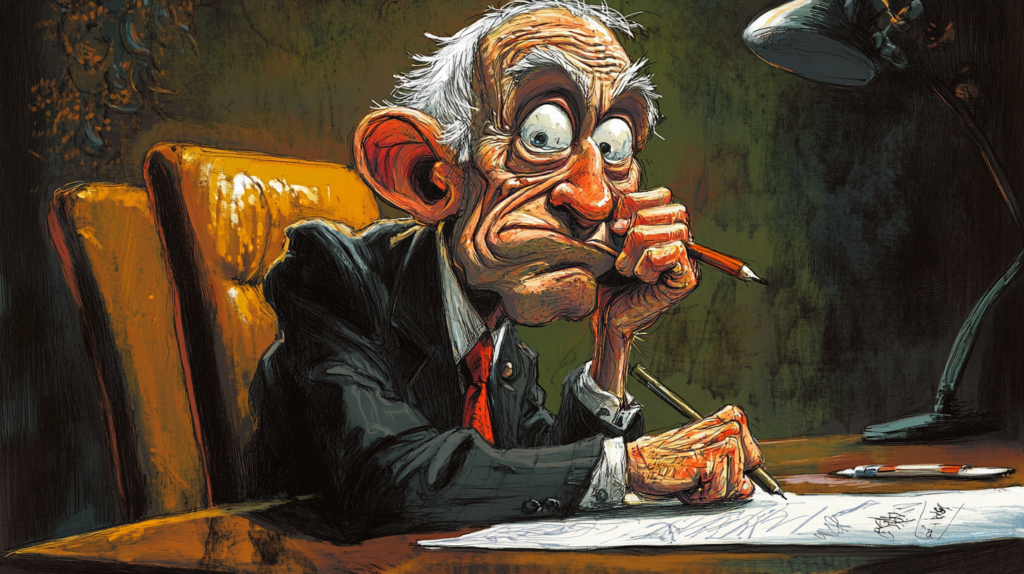
Timing and Pacing
Timing is crucial in humor. The punchline or visual gag in your cartoon should be well-timed to maximize its impact. Consider the pacing of the visual elements—does the viewer have enough time to absorb the setup before the punchline is delivered? A well-paced cartoon guides the viewer through the narrative, building up to a satisfying conclusion.
Avoiding Offense While Maintaining Edge
Political cartoons often walk a fine line between being provocative and offensive. While it’s important to challenge and critique, be mindful of the potential for your humor to alienate or hurt certain groups. Consider whether your cartoon targets those in power or vulnerable communities—punching up is generally seen as more acceptable than punching down. If your humor critiques an idea or behavior rather than an entire group of people, it’s more likely to be effective and ethical.

5. Designing the Visuals
Clear and Effective Composition
The composition of your cartoon should clearly guide the viewer’s eye to the key elements of your critique. Use visual hierarchy to emphasize the most important parts of the cartoon—this might be the expression on a character’s face, a significant piece of text, or a symbolic object. Keep the layout clean and avoid cluttering the image with unnecessary details.
Expressive Characters and Caricatures
Characters in political cartoons, often depicted as caricatures, are crucial for conveying personality traits and emotions. Exaggerating certain features—like a politician’s smile or frown—can emphasize their characteristics or behaviors. The expressions and body language of your characters should align with the message you’re trying to convey, whether it’s smugness, anger, confusion, or defiance.
Use of Color and Shading
Color and shading can enhance the mood and impact of your cartoon. Bold colors might be used to draw attention to certain elements, while softer tones could set a more serious or contemplative mood. Consider how color contrasts or complements the overall theme of the cartoon—red might symbolize danger or anger, while green could represent greed or envy.
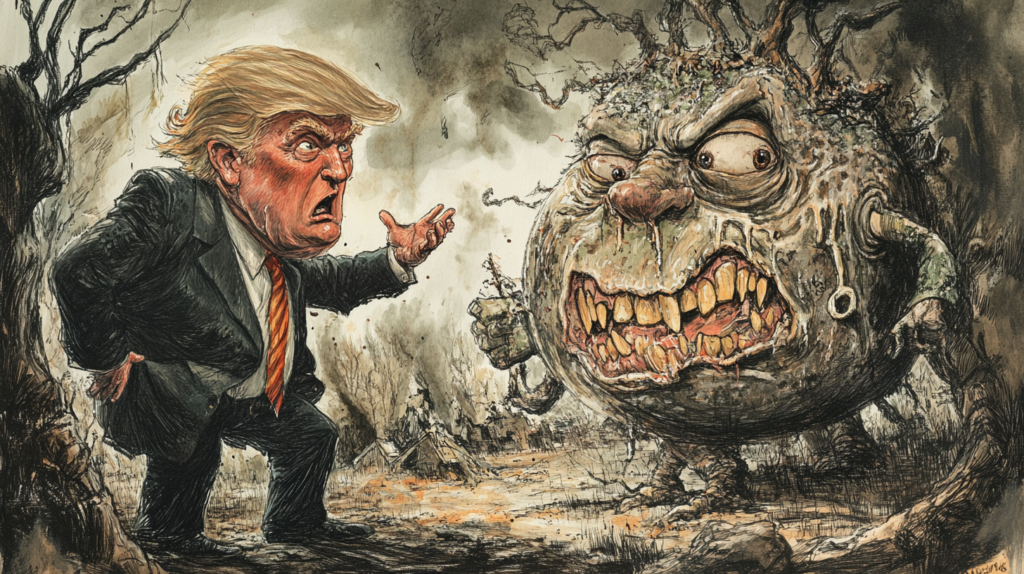
6. Refining Your Message
Test the Cartoon’s Clarity
Once you’ve created your cartoon, step back and consider whether the message is clear. Show it to a friend or colleague to see if they understand the point you’re making without needing explanation. If they’re confused, consider refining the visuals or text to clarify your critique.
Edit for Brevity
Brevity is important in political cartoons—less is often more. Ensure that every element of the cartoon serves a purpose in conveying your message. Remove any unnecessary details or text that might distract from the core critique. A concise, focused cartoon is more likely to resonate with your audience and leave a lasting impression.
7. Publishing and Receiving Feedback
Choosing the Right Platform
Decide where you want to publish your political cartoon. If you’re aiming for a wide audience, consider social media platforms like Twitter, Instagram, or Facebook, where political commentary is often shared and discussed. Alternatively, submitting your work to newspapers, magazines, or online publications can give your cartoon credibility and reach.
Engage with Your Audience
Once your cartoon is published, engage with your audience. Respond to comments, participate in discussions, and consider the feedback you receive. While not all feedback will be positive, constructive criticism can help you improve your work and better understand how your audience interprets your cartoons.
Learn from Criticism
Political cartoons, by their nature, can be polarizing. Be prepared for criticism, and learn from it without becoming discouraged. If your cartoon sparks debate, it means it’s having an impact. Reflect on the feedback, and use it to refine your approach in future work.
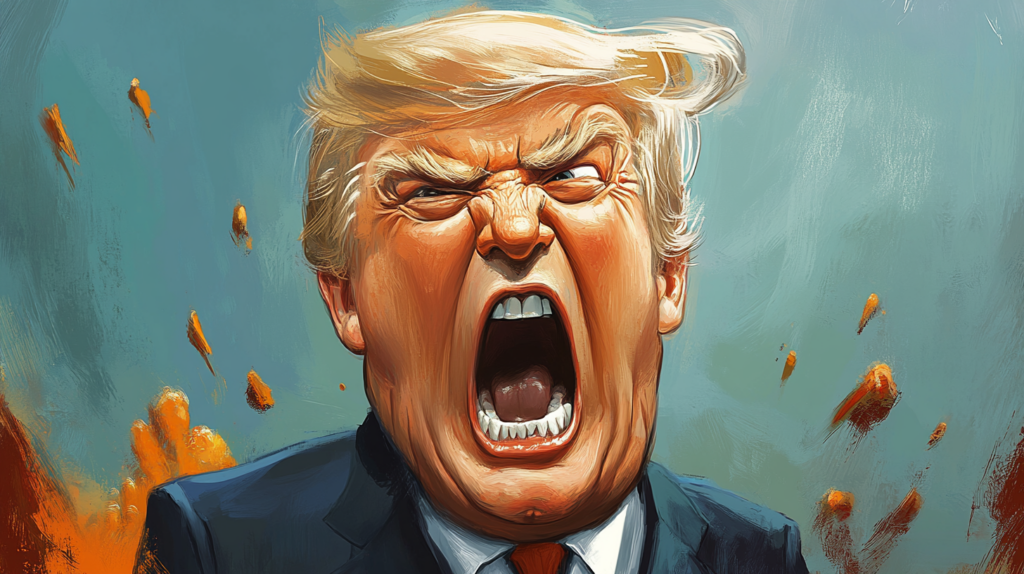
8. Ethical Considerations in Political Cartoons
Avoiding Harmful Stereotypes
Be cautious about reinforcing harmful stereotypes or using imagery that could be considered racist, sexist, or otherwise discriminatory. Political cartoons have the power to influence public perception, so it’s important to use this power responsibly. Focus your critique on behaviors, actions, or policies rather than targeting a group of people based on their identity.
Responsibility to the Truth
While satire allows for exaggeration, political cartoons should still be grounded in truth. Misrepresenting facts or spreading misinformation can undermine the credibility of your work and mislead your audience. Ensure that your critique is based on accurate information, even when it’s presented in a humorous or exaggerated manner.
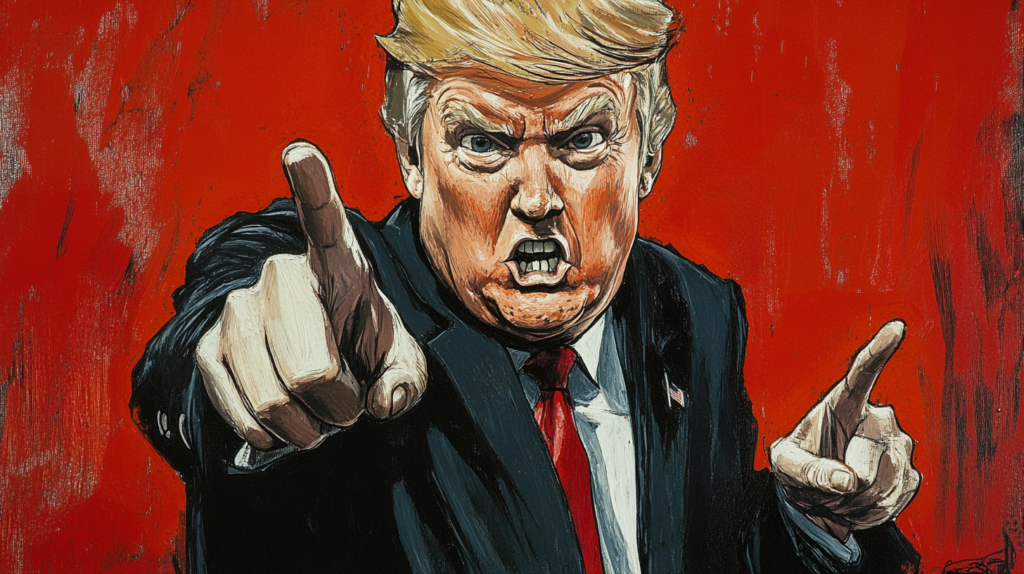
Consider the Broader Impact
Think about the broader impact of your cartoon—how it might be interpreted, who it might affect, and what message it ultimately sends. A powerful political cartoon can inspire change, but it can also perpetuate harmful ideas if not carefully considered. Reflect on your intentions and the potential consequences of your work.
Conclusion: The Art of Balancing Humor and Critique
Creating political cartoons is an art that requires careful balance between humor and critique. By staying informed, crafting clear and focused messages, and using humor effectively, you can create cartoons that engage, provoke thought, and inspire change. Remember to consider the ethical implications of your work and strive to create cartoons that contribute positively to public discourse. With practice and reflection, you can develop a style that is both impactful and responsible, using the power of cartooning to make a difference in the world.





4 Comments